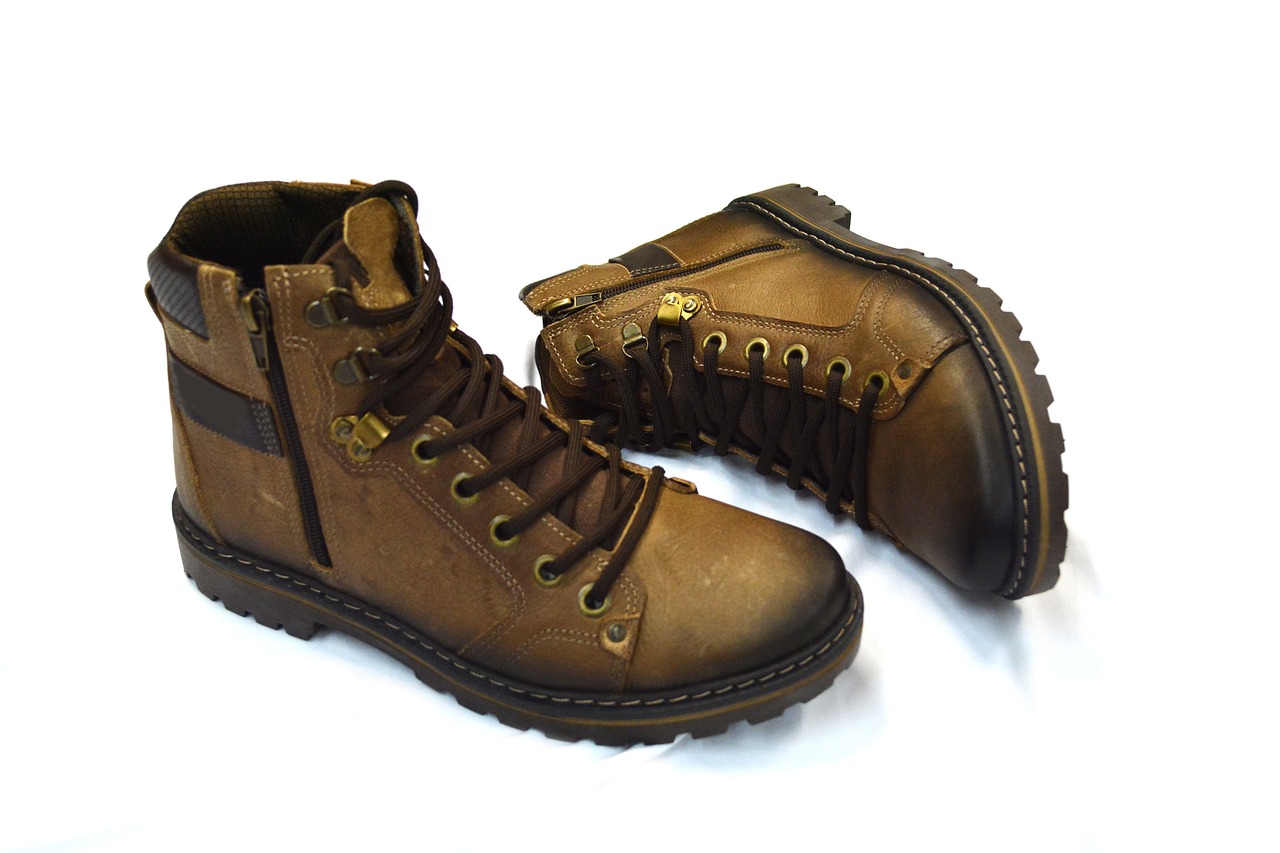
Waterproof hiking boots can make the difference between a comfortable trek and a miserable, soggy experience. Wet boots lead to blisters, cold feet, and discomfort, which could easily ruin your adventure. Waterproofing isn’t just about comfort – it protects your investment and ensures your boots last longer.
Doing the job yourself has its perks. You have control over the process, and it can be quite satisfying to see the results of your hard work. Plus, you’ll save some money compared to professional services. While professionals have their benefits, mastering this skill lets you keep your boots in top condition anytime.
In this guide, we’ll explore the steps to waterproof your hiking boots effectively. Whether you’re a seasoned hiker or just starting, keeping your footwear in peak condition is crucial. Your feet will thank you, and so will your wallet when you don’t have to replace your boots every season.
Before we dive into the meat of the waterproofing process, it’s essential to grasp the basics. Knowing why waterproofing is necessary and how it works will help you appreciate the steps we’ll discuss. Let’s get you started on keeping those feet dry and those boots in great shape.
Understanding Waterproof Materials and Technologies
Different materials can keep your boots dry, and knowing them will help you choose the right products for waterproofing. Leather, suede, nubuck, and synthetics each require their specific care methods. Leather, for example, is naturally water-resistant but still needs treatment to keep moisture out.
In modern hiking boots, you’ll often find waterproof membranes like Gore-Tex. This thin, porous fabric allows feet to breathe while blocking water from getting in. It’s a popular choice because it balances breathability and waterproofing.
While waterproof membranes are fantastic, they can wear down. Ensuring that these technologies work effectively means regular care and maintenance. Dirt and grime can clog these membranes, reducing their effectiveness. Keeping your boots clean plays a critical role in their performance.
Different waterproofing agents suit different materials. Beeswax and silicone-based treatments are great for leather boots, while sprays work best for synthetics and fabrics. Knowing what’s in your boots helps you pick the right products and methods, ensuring you don’t damage them.
Understanding these basics let you take informed decisions, whether you’re buying new boots or maintaining your current ones.
Step-by-Step Guide to Waterproofing Your Hiking Boots
Gathering the right materials kicks off the process. You’ll need a soft brush, mild soap, a cleaning cloth, and your chosen waterproofing agent. Make sure to read the labels to pick something that’s compatible with your boot materials.
Start by thoroughly cleaning your boots. Knock off dirt and debris with a brush. Use mild soap and warm water to wipe down any stubborn grime. Avoid soaking the boots to prevent damage, especially for leather.
Let your boots dry completely before applying any waterproofing product. This step is crucial as applying to wet boots can trap moisture inside, leading to mold and damage.
Once your boots are dry, it’s time to apply the waterproofing agent. Follow the instructions on the product carefully. Generally, sprays should be held at a distance for an even coat, while waxes or creams need to be rubbed in thoroughly.
After applying the waterproofing agent, let your boots dry naturally. Avoid using direct heat, like a hairdryer, as it can affect the boot material and ruin the waterproofing process.
Perform a simple waterproof test. Splash some water on your boots and see if it beads up and rolls off. If it doesn’t, you might need a second coat.
Aftercare and Maintenance of Waterproofed Boots
Keeping your boots in top shape doesn’t stop at waterproofing. Regular maintenance is key. Always clean your boots after every hike. Rinse off mud and debris with water and a soft brush, ensuring the waterproof material stays effective.
For leather boots, using a conditioner keeps the material supple and prevents cracks. Conditioners also have water-repellent properties, enhancing your boots’ waterproofing. Make sure the conditioner is suitable for your type of boot.
Proper storage extends the life of your boots. Store them in a cool, dry place, away from direct sunlight and heat sources. Stuff them with newspaper to retain their shape and absorb any leftover moisture.
Monitor your boots for signs of wear. Cracks, discoloration, or leaking indicate it might be time to reapply the waterproofing treatment. Don’t wait for your boots to fail mid-hike. A little preventive care goes a long way.
With these routine practices, your boots will stay waterproof and ready for any trail. Taking these simple steps ensures that your investment serves you well, keeping your feet dry and comfortable on all your adventures.

